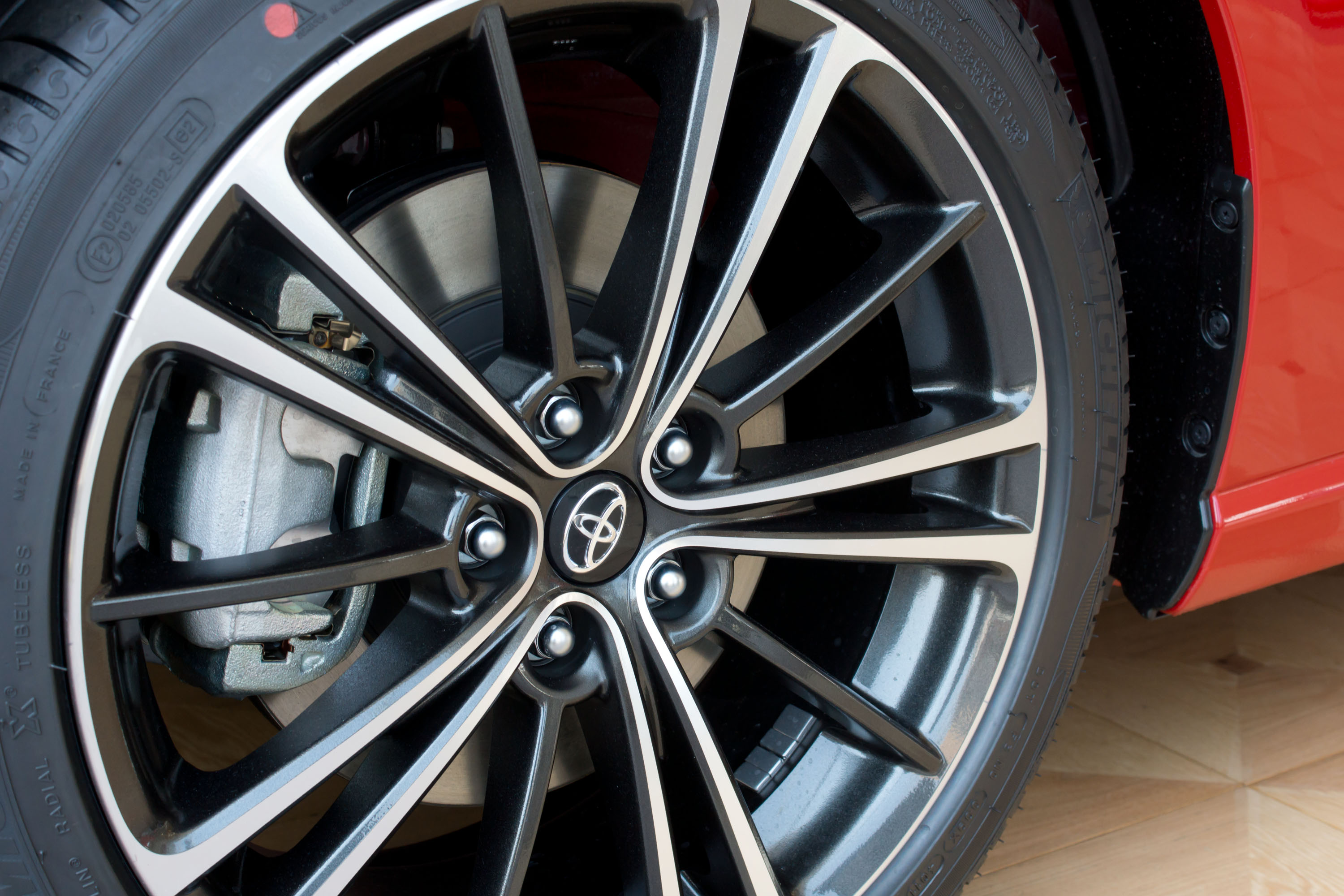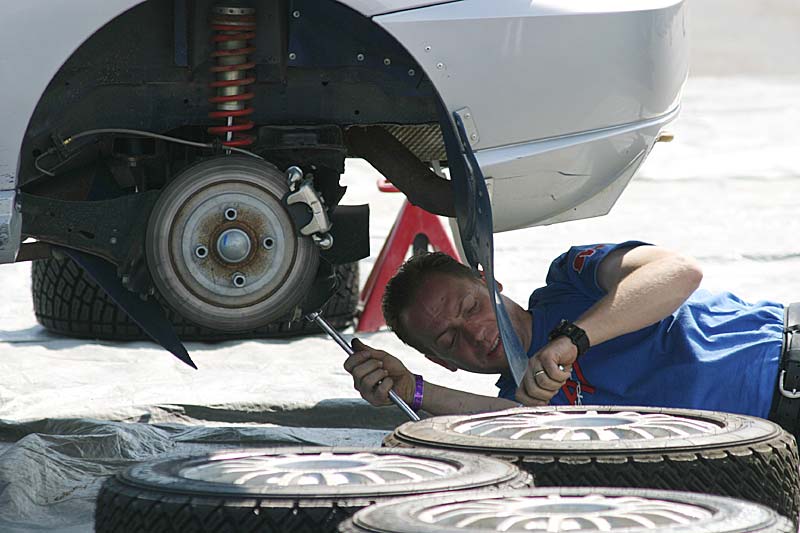For most people vehicle braking systems are a mystery. They step on a pedal, and the things under the wheels slow down the forward (or backward) momentum. It’s something few think about too much, until there’s a problem. By knowing a thing or two about how brakes work, you can actually spot potential problems early, which in turn reduces the size of the repair bill.
How Do Modern Brake Systems Work?
Modern brake systems actually use hydraulics. The force you apply on the pedal is transmitted to the actual brakes through a special fluid. If you open up the hood on your vehicle, you can check the brake fluid reservoir to see if it’s low. Too little fluid means the brakes won’t work as well, so it’s critical to monitor the level on a regular basis (usually once a month is sufficient).
 Of course, the brake system is actually set up to multiply the force you apply with your foot. After all, it would be pretty difficult to use sheer physical strength to stop the progression of a 4,000-plus pound vehicle traveling 65 mph. The actual pedal is designed as a lever, which multiplies the force you exert. The hydraulic force also multiplies your effort, routing through the brake lines and a master cylinder before winding its way to the wheels.
Of course, the brake system is actually set up to multiply the force you apply with your foot. After all, it would be pretty difficult to use sheer physical strength to stop the progression of a 4,000-plus pound vehicle traveling 65 mph. The actual pedal is designed as a lever, which multiplies the force you exert. The hydraulic force also multiplies your effort, routing through the brake lines and a master cylinder before winding its way to the wheels.
If you look at cars with fairly large gaps between the wheel spokes, you can see the brake disc underneath. When the hydraulic force is applied through the system, it squeezes a caliper that sits over one part of the disc. Attached to the caliper are brake pads, which are soft enough to not damage the discs. They create friction, slowing down the vehicle.
When everything is working fine, your car will slow down predictably time and again. There are some signs of trouble you should always be on the lookout for, because having your brakes go out or even work in a diminished way is never an enjoyable experience.
Brake Fade
You might notice that it’s necessary to push down on the brake pedal further than usual to get the car to slow down or stop. This is called brake fade, and it can happen gradually, so you might not even realize what’s going on for some time. When you do, that’s a sign that something could be wrong. The brake fluid might be low, making it necessary to push the pedal further, the brake pads could be worn down, or both.
Check Your Brake Fluid Levels
Checking the brake fluid is easy enough to do by yourself, if you’re so inclined, or our technicians can look over all your fluids at once to be safe. They also can read the thickness of your brake pads quickly, telling you if they need to be replaced, or are getting close to the point that they will need to be swapped in the near future.
 One possible reason for low brake fluid is a leak. It could be present anywhere in the system, which runs throughout the undercarriage. Tracking down a leak can be tricky for someone who doesn’t have the right equipment, experience or training, which is where our techs come in. Ignoring the problem can make it worse, putting you and anyone riding in the car at risk.
One possible reason for low brake fluid is a leak. It could be present anywhere in the system, which runs throughout the undercarriage. Tracking down a leak can be tricky for someone who doesn’t have the right equipment, experience or training, which is where our techs come in. Ignoring the problem can make it worse, putting you and anyone riding in the car at risk.
Turn Down Your Music and Listen To Your Brakes
You should regularly turn down your music and maybe even roll down the windows while driving. Pay attention to any noise coming from the wheels when you apply the brakes. A squealing sound might be the indicator or a metal shim in the pads. Its job is to warn you when the pads have become thin enough they need to be changed. Hearing the squealing once in a while can be normal, thanks to temporary rust or road debris buildup, but if you notice it regularly that’s a sign to have the brakes checked.
Grinding and Growling Sounds
Grinding or growling when you push on the brake pedal is even worse. This can indicate the pads are completely worn, with the discs and calipers rubbing against each other. If that’s the case, you might need new discs and pads.
Brake Pedal Vibrations
Vibrations when you push on the brake pedal can indicate that you need new discs. The heat generated by braking can warp the metal. It’s possible the sensation is from unbalanced tires or other symptoms, which is why it’s a good idea to have a tech look at the car.
Pulling To One Side
Finally, your car might pull to one side or the other when you brake. This can be from the pads wearing unevenly, which might indicate other problems that should be addressed immediately. The problem can also be triggered by debris in the brake fluid, making it necessary to have the system drained and refilled.
T3 Atlanta For Brake Maintenance and Repairs
If you have concerns about your brakes, or any other part of your car, remember that T3 Atlanta is here to help. Our technicians are highly trained professionals that can quickly and accurately pinpoint the cause of problems, saving you time and money. Contact us today or stop by so we can get started.










Leave a Reply
You must be logged in to post a comment.